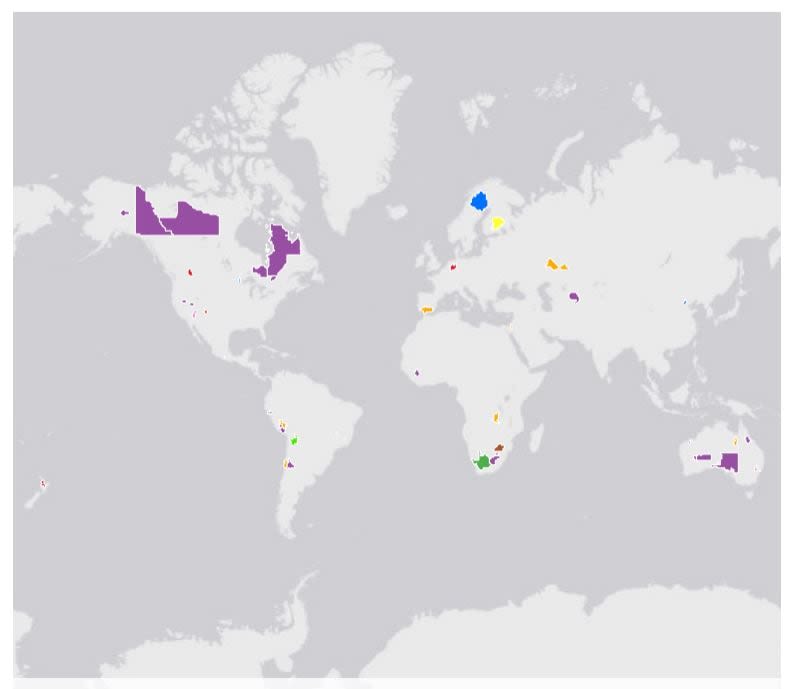Regional factors
Mine Closure Hub

In brief
- Shifting closure thinking from a mine-by-mine basis to a regional scale will help stakeholders consider the cumulative impacts of multiple mine closures, adopt a strategic approach to post-closure planning and identify collaborative potential of suitable post-mining land use options beyond a single mining lease.
- It is possible to identify factors that will influence post-mining transition outcomes.
Mine closure planning primarily occurs at a site level where the focus is on preparing the mining lease for relinquishment and considering post-mining land use options for the site. Greater importance is starting to be placed on regional implications of mine closure. In Australia, for example, a 10-year program of research has been established under the Cooperative Research Centre for Transition in Mining Economies to drive transformational change in mine closure across mining regions.
Shifting closure thinking from a mine-by-mine basis to a regional scale will help stakeholders consider the cumulative impacts of multiple mine closures, adopt a strategic approach to post-closure planning and identify collaborative potential of suitable post-mining land use options beyond a single mining lease. It’ll also help to incorporate regional aspirations into mine closure planning (including in relation to economic development and employment), harness regional expertise and enable development of a shared vision for the future.

Mining regions in transition
In 2020, CSRM conducted a global study into the capacity of mining regions to transition to a post-mining future.
The study identified 46 mining regions that were in the process of transitioning, according to the following criteria: a minimum tonnage of remaining mineral reserves and resources, a minimum proportion of closed mines, and more than the average number of mines reportedly closing within 10 years (noting that many factors can change the timing of closure).
Mining regions in transition infographic. 46 mining regions in transition. 252 regions (46%) > median tonnage R&R (279Mt), 280 regions (51%) > median % closed mines (20%), 221 regions (40%) > average mines closing within 10 years. Illustration by Darren Sprott, Design Solutions Australia Pty Ltd.
Mining regions in transition infographic. 46 mining regions in transition. 252 regions (46%) > median tonnage R&R (279Mt), 280 regions (51%) > median % closed mines (20%), 221 regions (40%) > average mines closing within 10 years. Illustration by Darren Sprott, Design Solutions Australia Pty Ltd.
It's possible to identify factors that will influence transition outcomes (enable or constrain), despite differences between the regions. These influencing factors relate to the mining practices in the region (e.g. large or small, open-cut or underground) and a combination of development-related factors, including:
- the region’s level of development
- dependence on mining
- risks to quality and quantity of water and regulation
- extent of modification to the natural environment
- quality of national governance and regulation
- remoteness.
In this study, we identified three levels of capacity to transition: strong capacity to transition (12 regions), constrained capacity (7 regions), and a combination of favourable and constraining factors (27 regions). Read the research report for more information.
By clicking on this interactive map, you will be able to identify which mining regions are in transition. The regions are colour-coded according to commodity. You can zoom in to look more closely and identify nearby towns and cities. Clicking on a region will activate a dialogue box which will provide details such as country, commodity, mining method and capacity to transition, You can also use the measurement tool on the righthand side menu bar to calculate distance between regions and towns.
Mining regions in transitions, Interactive map developed by Andrea Arratia-Solar, PhD Candidate, CSRM. Map opens in a new window.
Mining regions in transitions, Interactive map developed by Andrea Arratia-Solar, PhD Candidate, CSRM. Map opens in a new window.



